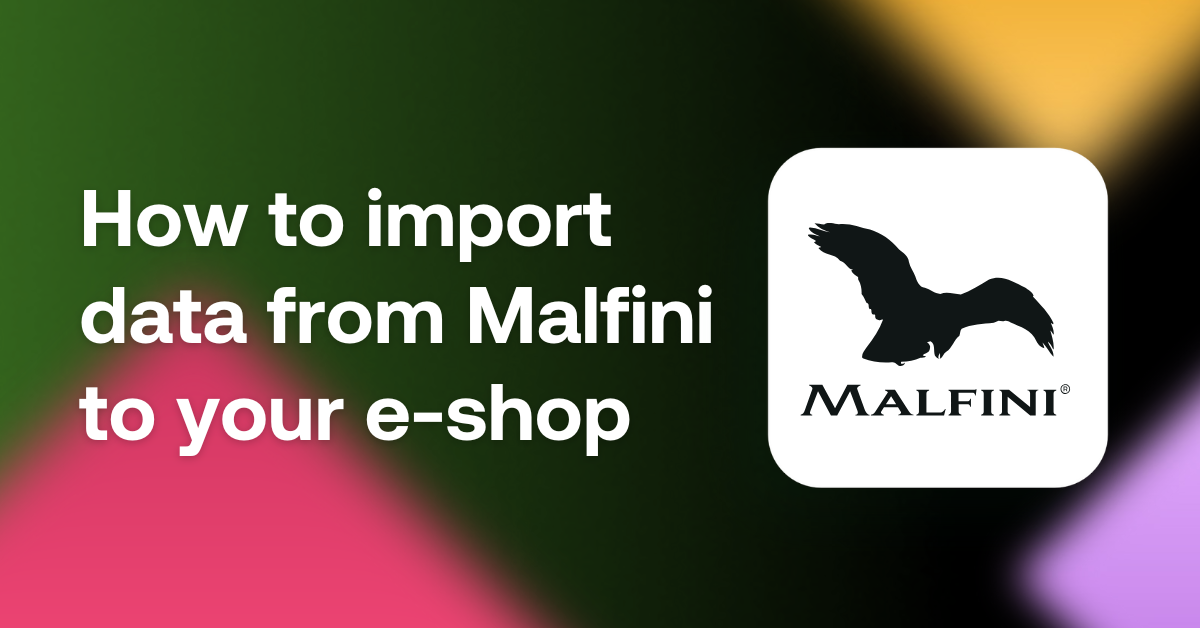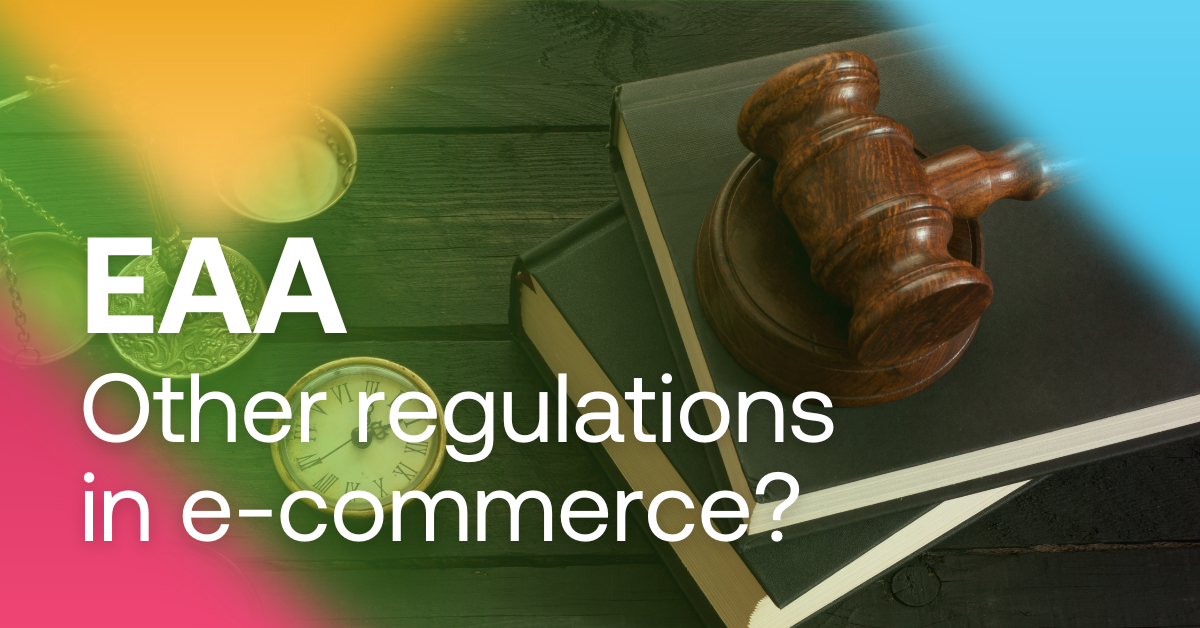Digital accessibility — what it actually is ♿️
Digital accessibility means adapting websites, apps and their digital content in such a way that they can also be used by people with disabilities or functional limitations. According to the Act, online services should be “perceptible, navigable, understandable and stable”. Manufacturers must ensure that the product is accessible through more than one sense to offer alternatives to:
- visual elements (e.g. voice or touch control)
- auditory features (e.g. vibration, visual alert by flashing screen),
- spoken elements (text or touch control),
- tactile elements (e.g. voice commands).
Who is concerned
The European accessibility act applies to manufacturers, importers, distributors of selected products and providers of selected services intended for consumers, specifically for these products and services:






